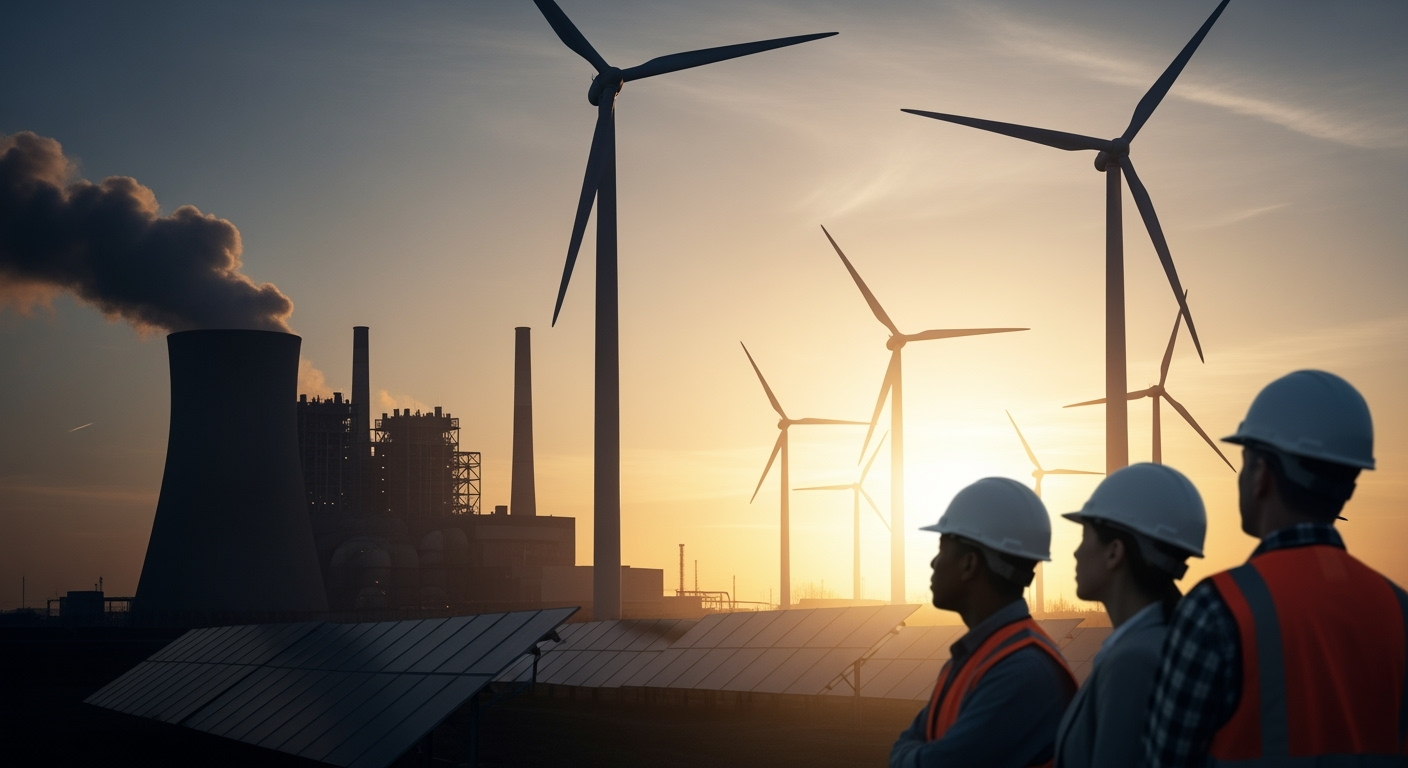Related Articles

Global Electricity Crossroads: Renewables Surpass Coal for First Time, Signaling Transformative Energy Shift

Thrifting's Transformation: From Necessity to Mainstream Movement Driving Sustainable Consumption





Eight years after its landmark adoption, the Paris Agreement stands as a crucial bulwark against catastrophic climate change, demonstrably preventing the most extreme global heating projections. However, a stark reality check reveals that nations are falling significantly short of the accord's most ambitious goals, leaving the planet on a trajectory toward dangerously elevated temperatures and intensifying extreme weather events. While the international treaty has instilled a framework for collective action, the pace and scale of current efforts remain inadequate to secure a truly safe climate future, underscoring a persistent "emissions gap" that demands immediate and heightened resolve.
The Paris Agreement, adopted by 195 parties at the UN Climate Change Conference (COP21) in December 2015 and effective from November 2016, established a legally binding international treaty aimed at limiting global warming. Its central objective is to keep the increase in the global average temperature to "well below 2°C" above pre-industrial levels, with an aspirational target of 1.5°C. To achieve this, the agreement introduced Nationally Determined Contributions (NDCs), where each country voluntarily outlines its plans to reduce greenhouse gas emissions and adapt to climate change impacts. These NDCs are intended to be updated every five years, with each successive submission reflecting a "progression" and the "highest possible ambition" from participating nations. A critical component of the agreement is the Global Stocktake, a periodic assessment process designed to evaluate collective progress toward its long-term goals and inform future, more ambitious climate action.
Despite ongoing challenges, the Paris Agreement has played a significant role in moderating projected global temperature increases. Before its adoption in 2015, global warming by 2100 was projected to range from 3.7°C to 4.8°C. Thanks to the commitments made under the agreement, these projections have been substantially lowered, now estimated at 2.4°C to 2.6°C, or even potentially 1.7°C to 2.1°C if all long-term pledges are fully implemented. This reduction in projected warming translates into a tangible difference in the frequency of extreme heat. A recent study indicated that if countries adhere to their current emission-cutting plans, the world could avoid approximately 57 hot days annually compared to a 4°C warming scenario that would have resulted in an average of 114 hot days per year. Such an avoidance significantly reduces the risk of severe health impacts, exacerbates inequality, and lessens the likelihood of extreme heat events becoming even more commonplace and intense. The agreement has thus succeeded in bending the global warming curve away from the most dire scenarios.
While the Paris Agreement has helped mitigate the worst-case scenarios, the world continues to warm at an alarming rate, and current efforts fall short of its most ambitious targets. Global average temperatures have already increased by approximately 1.2°C above pre-industrial levels, with the 2014-2023 decade being the warmest on record. Since the agreement's signing in 2015, the planet has experienced an additional 0.3°C of warming, leading to an average of 11 more hot days globally each year. Alarmingly, the first 12-month period to exceed the critical 1.5°C threshold occurred between February 2023 and January 2024.
A central issue is the "emissions gap" – the disparity between current national commitments (NDCs) and the reductions needed to meet the Paris Agreement's temperature goals. Reports indicate that current policies are projected to result in approximately 2.7°C of warming, with NDCs alone limiting warming to about 2.6°C. This trajectory is significantly higher than the desired 1.5°C limit, and even beyond the "well below 2°C" target. Scientific evaluations demonstrate that the full implementation of current NDCs would still lead to a global temperature increase of 2.4°C to 2.6°C by 2100. To keep warming to 1.5°C, global greenhouse gas emissions must peak before 2025 and decline by 43% by 2030, a target that current actions are not on track to meet. The probability of staying below 2°C of warming is currently only 5% with prevailing trends, increasing to 26% if all NDCs were fully met and sustained post-2030. In 2015, it was projected that the 1.5°C threshold would be breached by 2045; however, current data now suggests this could happen as early as February 2034, indicating a rapid acceleration of climate change impacts.
The failure to meet the more ambitious targets carries severe implications, translating into more frequent and intense droughts, heatwaves, heavy rainfall, and accelerated sea-level rise. Heatwaves have already emerged as the deadliest weather hazard between 2015 and 2019, inflicting significant human and economic tolls. The Paris Agreement's framework, which relies on countries setting their own targets, lacks legally binding enforcement mechanisms for achieving these self-defined mitigation goals, making accountability a challenge.
The urgency for increased climate action cannot be overstated. The next round of NDCs, due in 2025, following the findings of the Global Stocktake, offers a critical opportunity for nations to significantly elevate their commitments. There is a strong call for governments to accelerate the transition away from fossil fuels towards renewable energy sources. Furthermore, developed nations have a crucial role in providing financial assistance, technology transfer, and capacity-building support to developing countries, enabling them to pursue low-carbon development pathways and adapt to the unavoidable impacts of climate change. The Paris Agreement provides the essential framework, but its ultimate success in securing a livable future hinges on a collective, immediate, and dramatically amplified political will to translate ambition into decisive action.